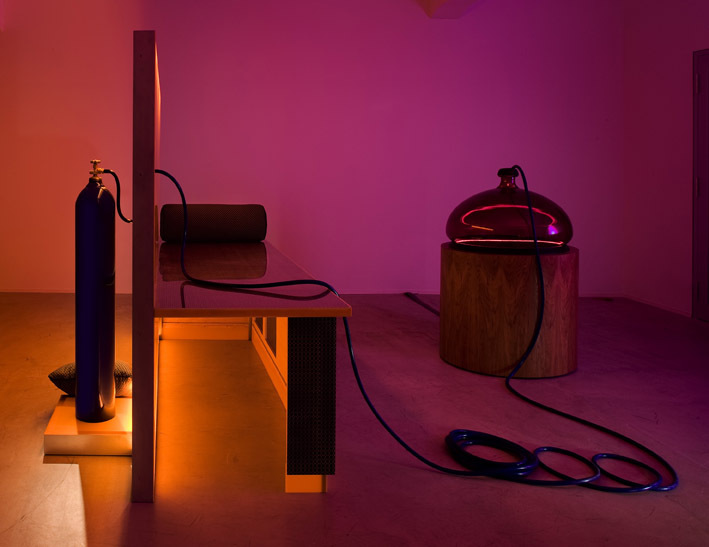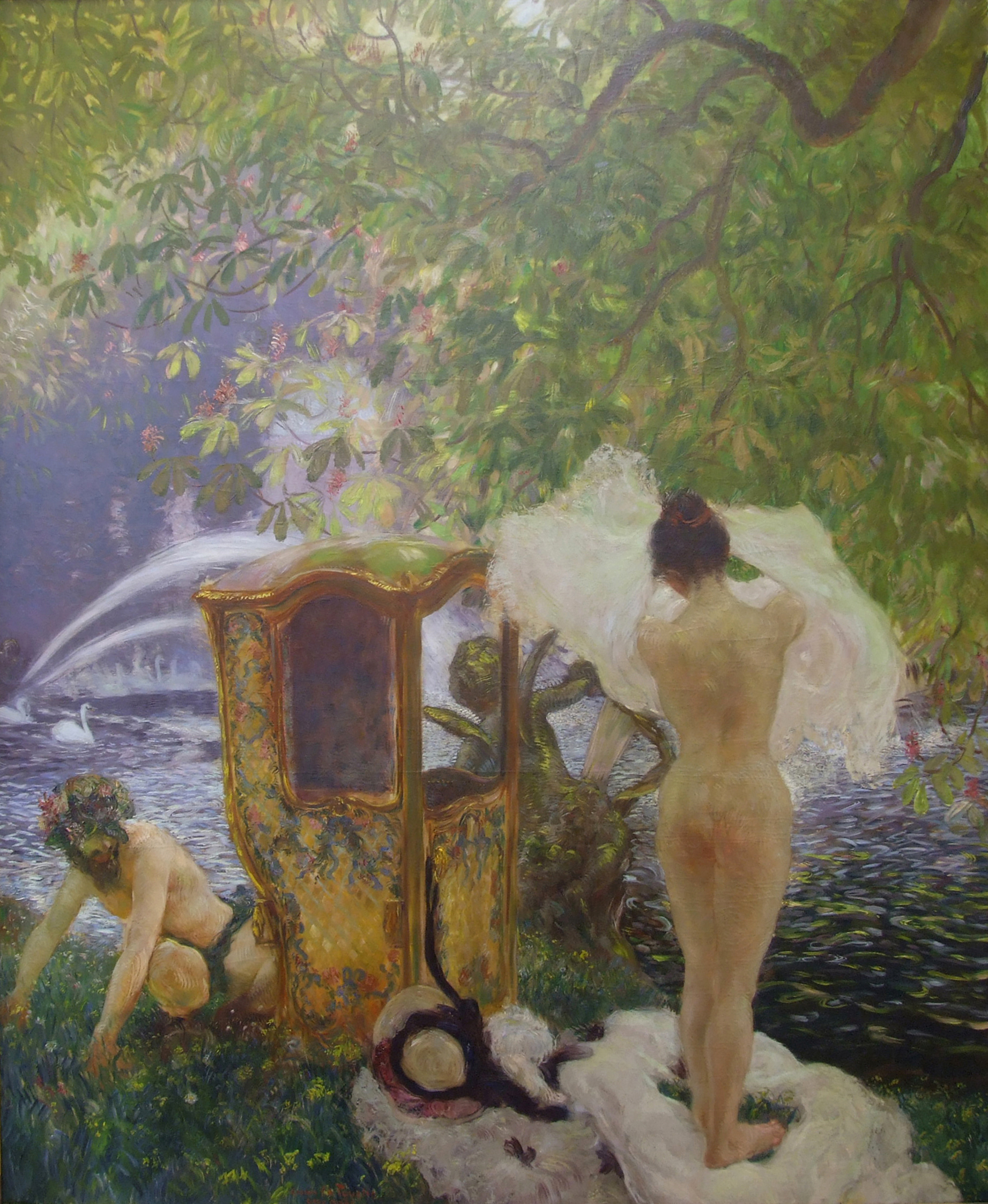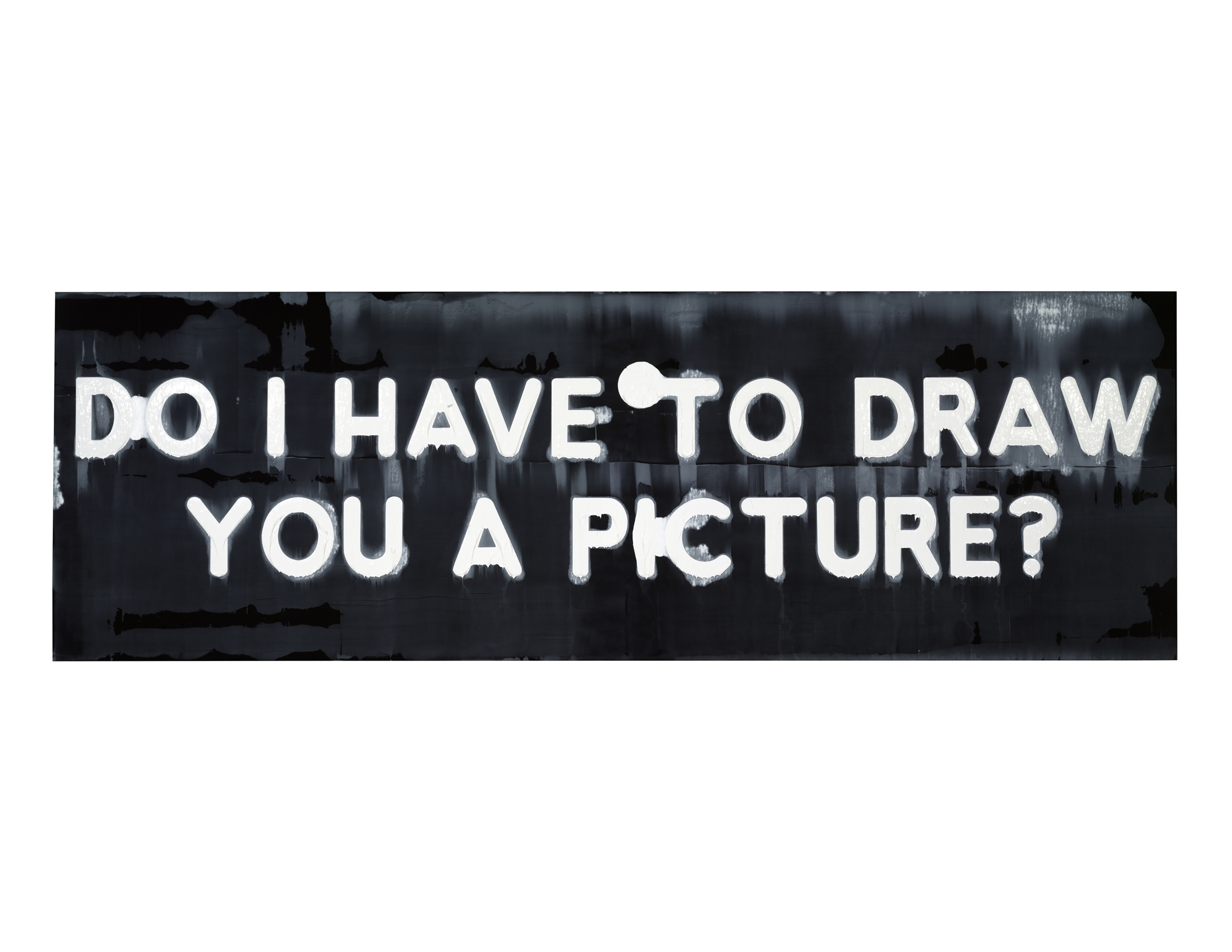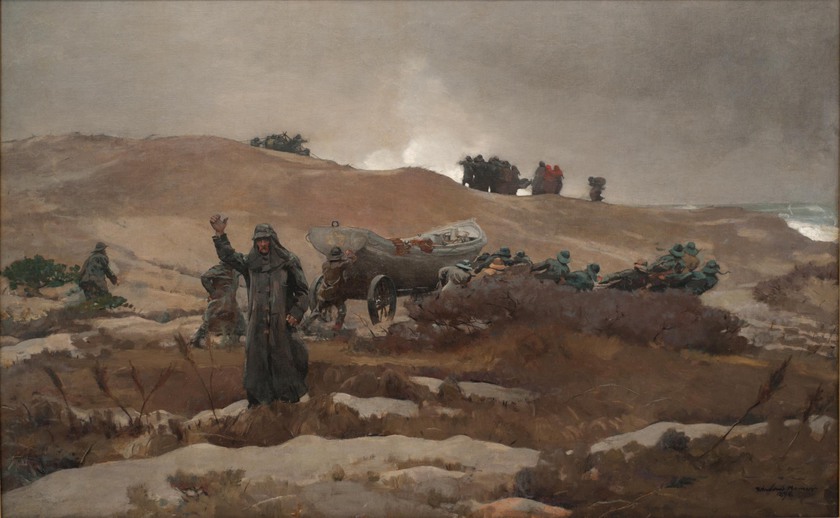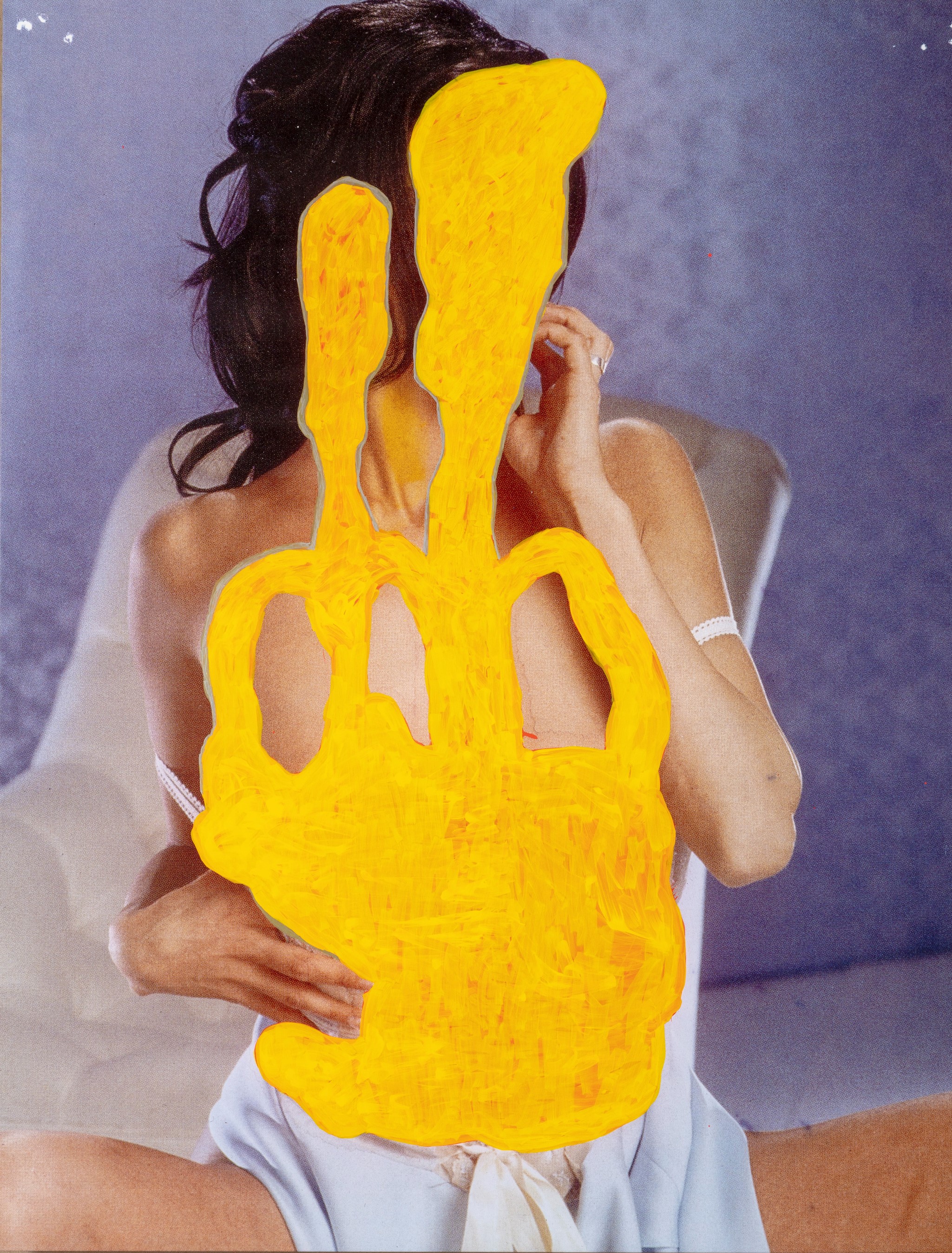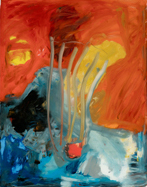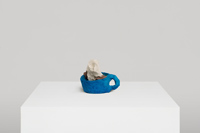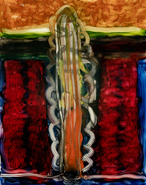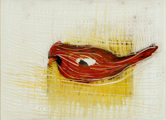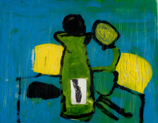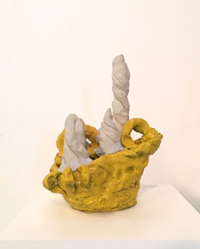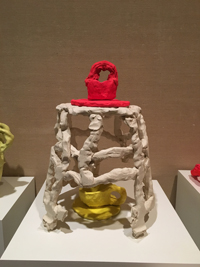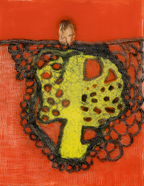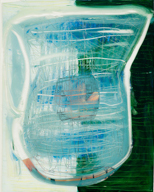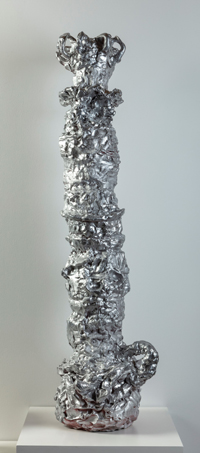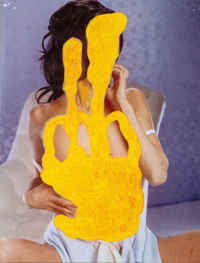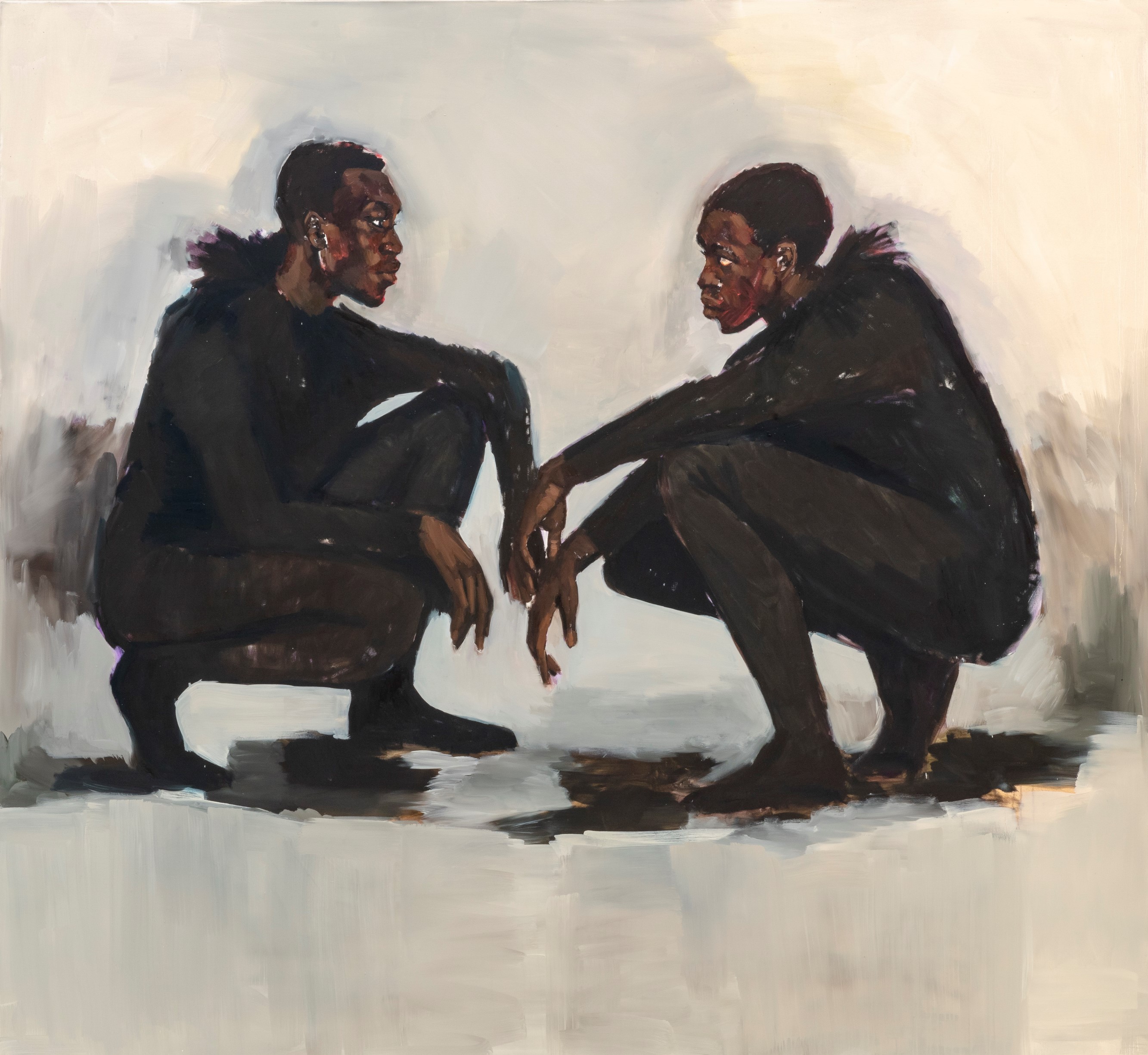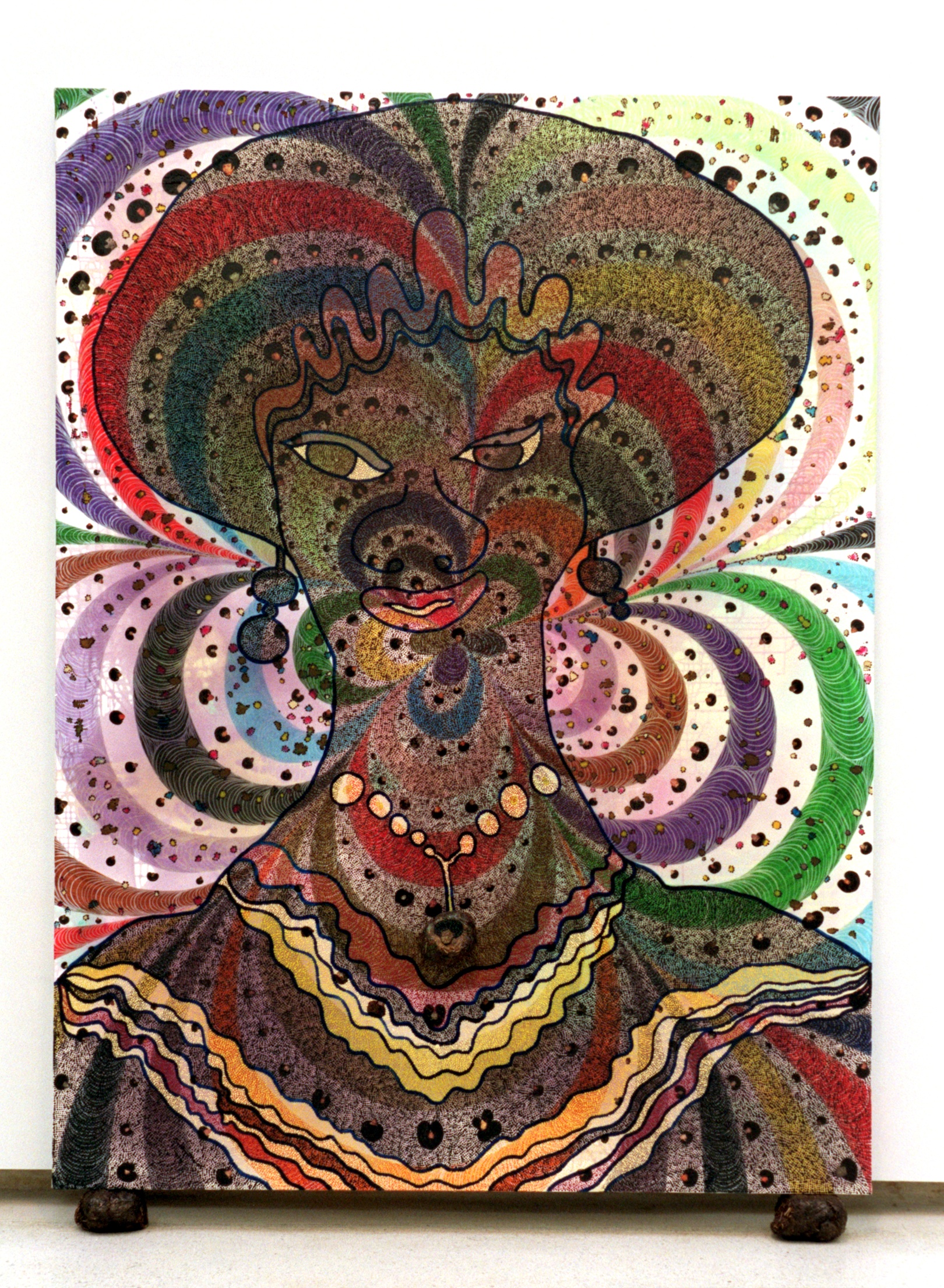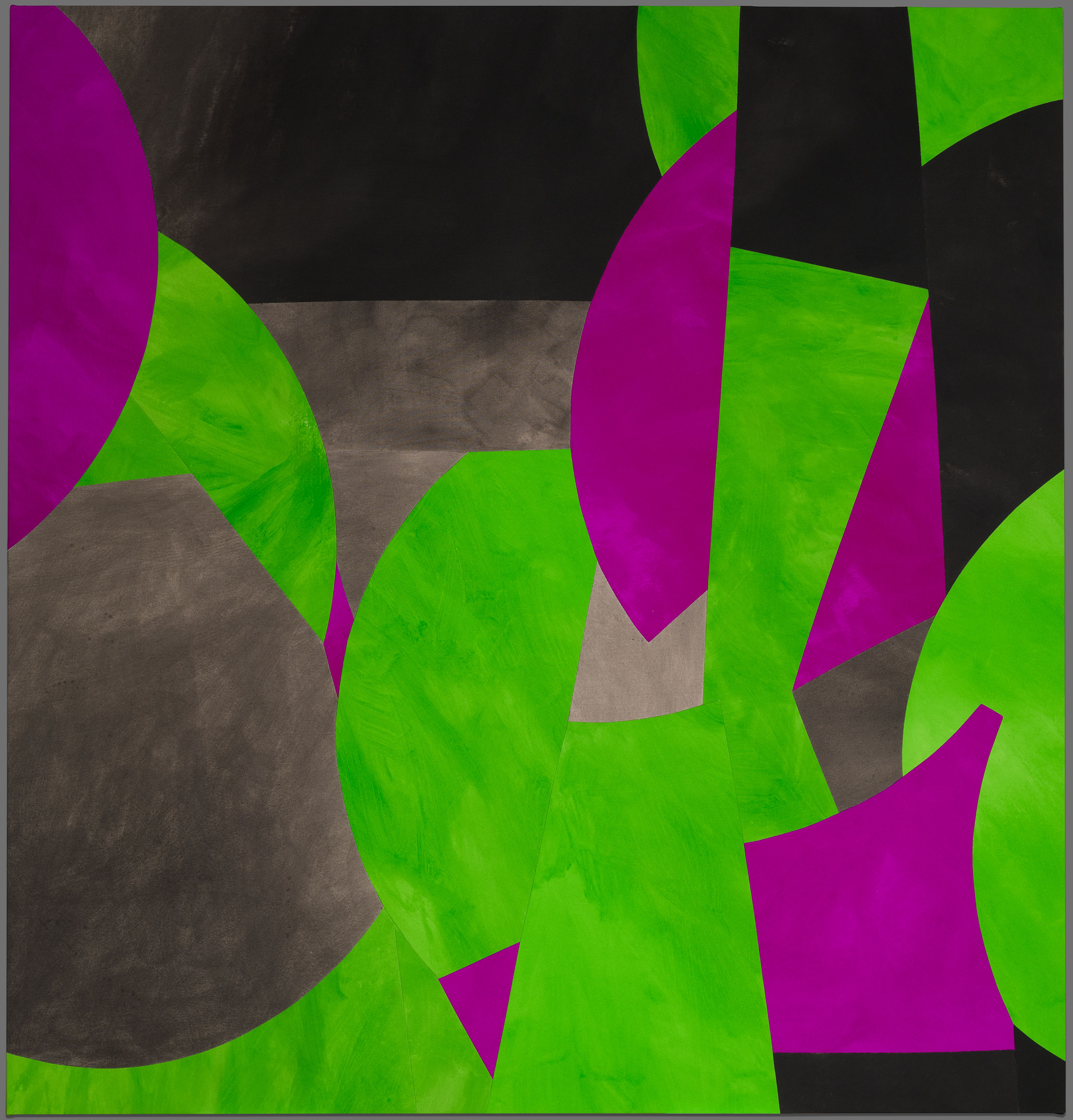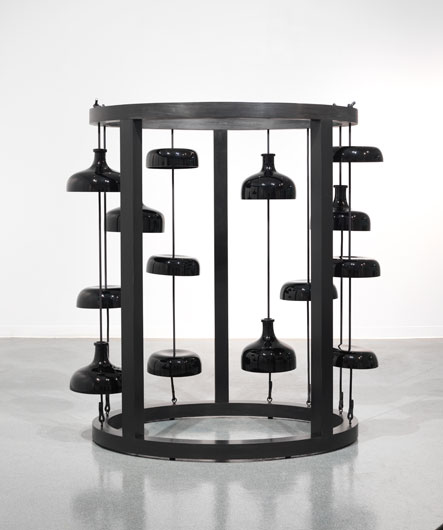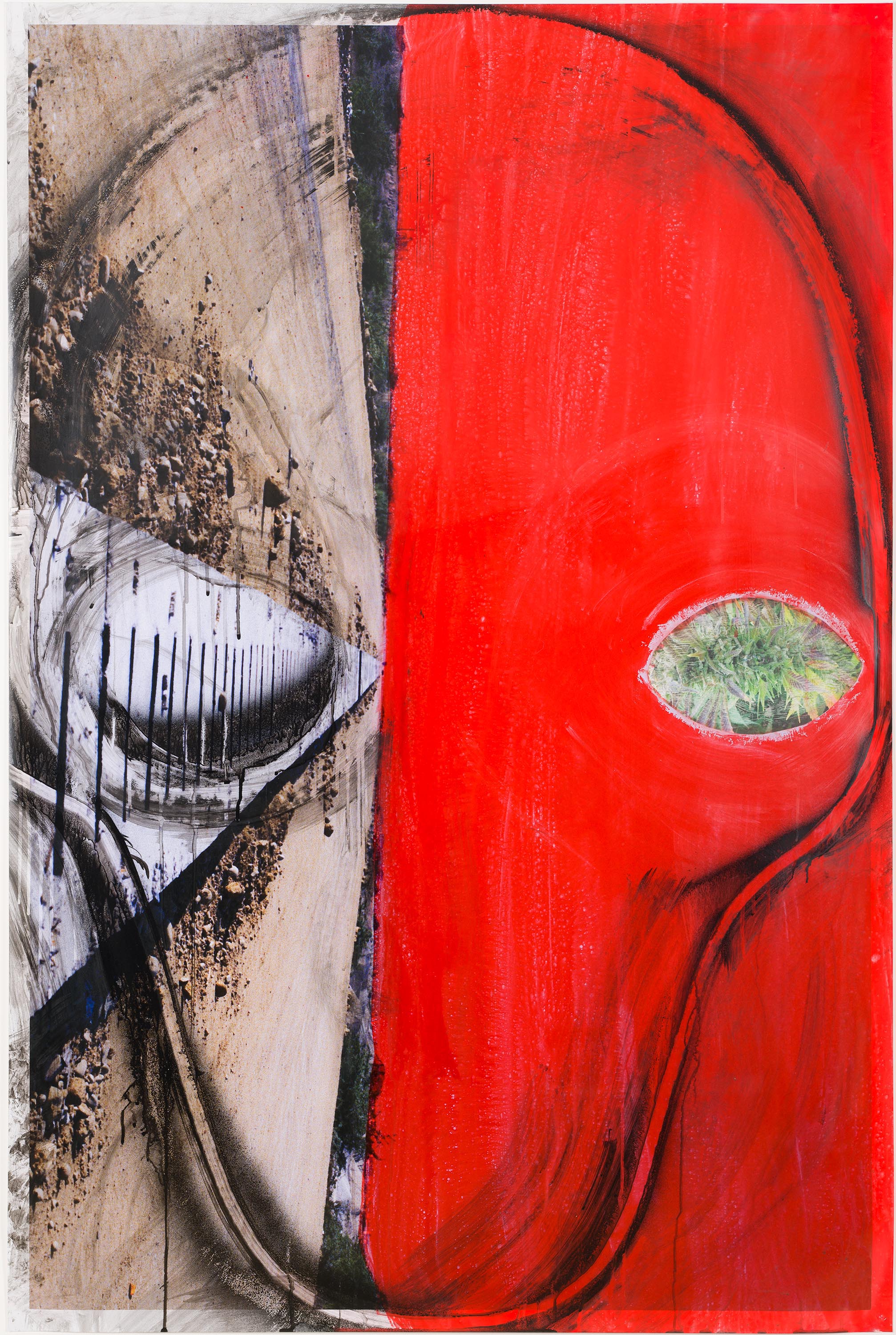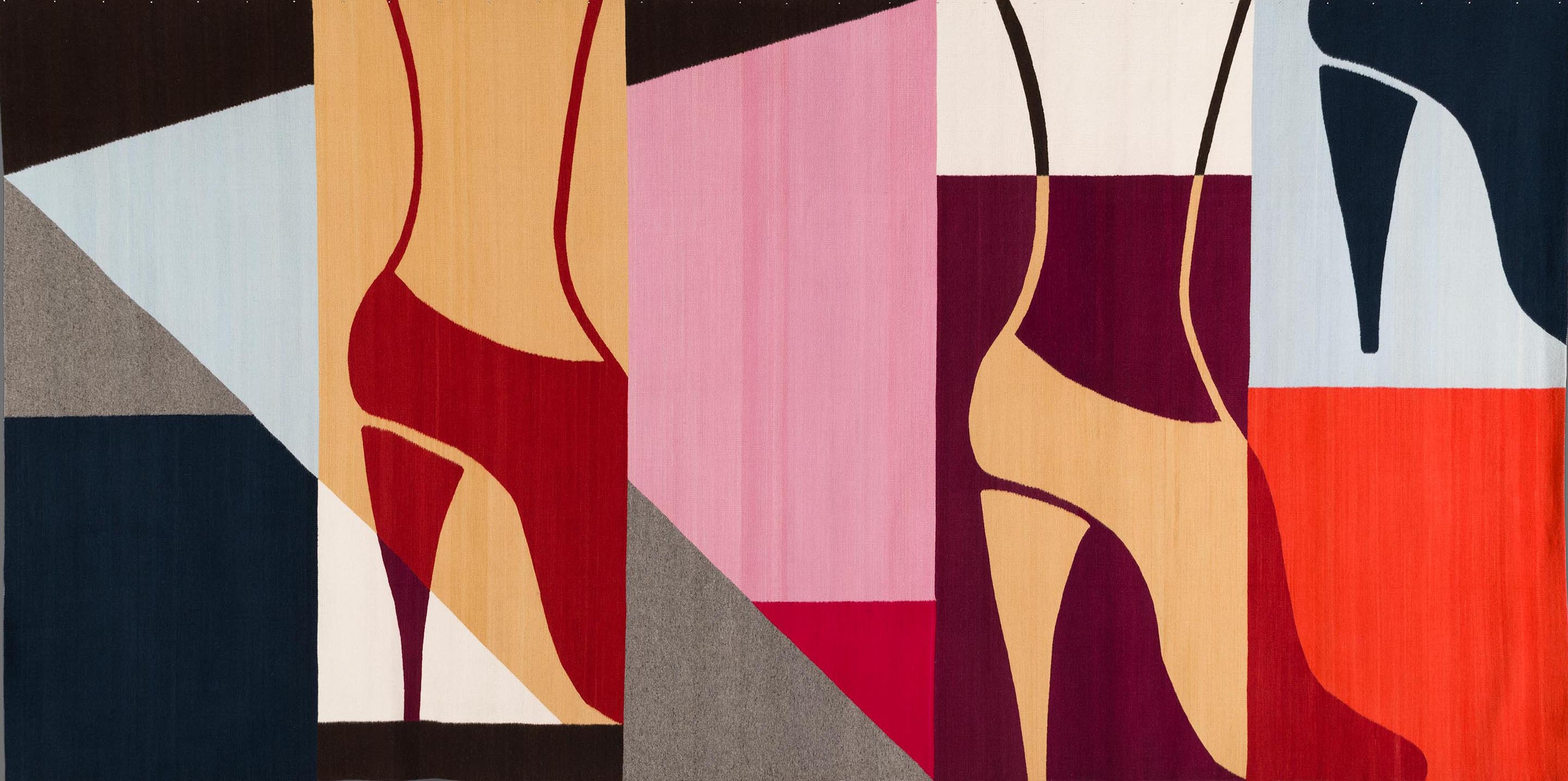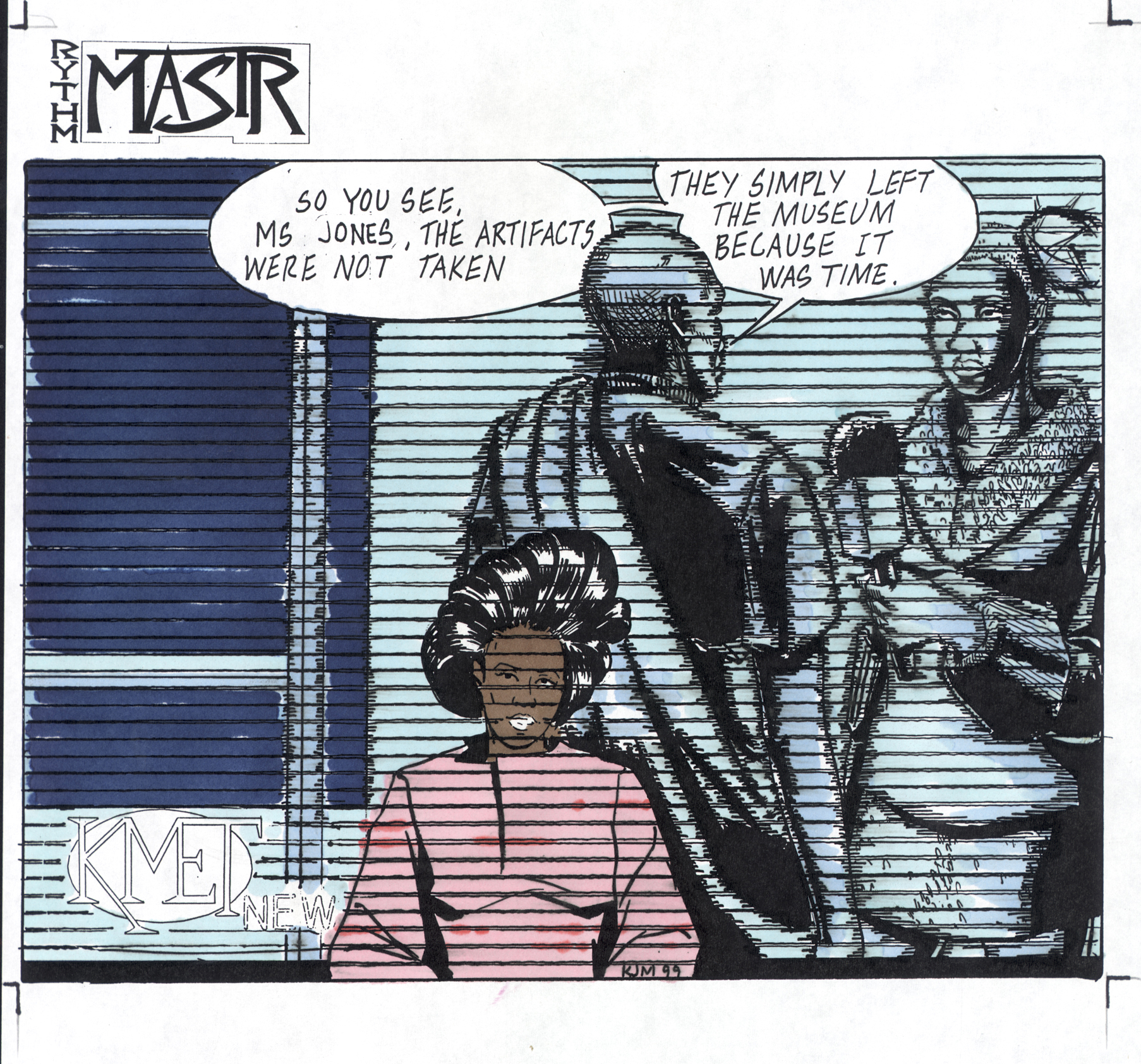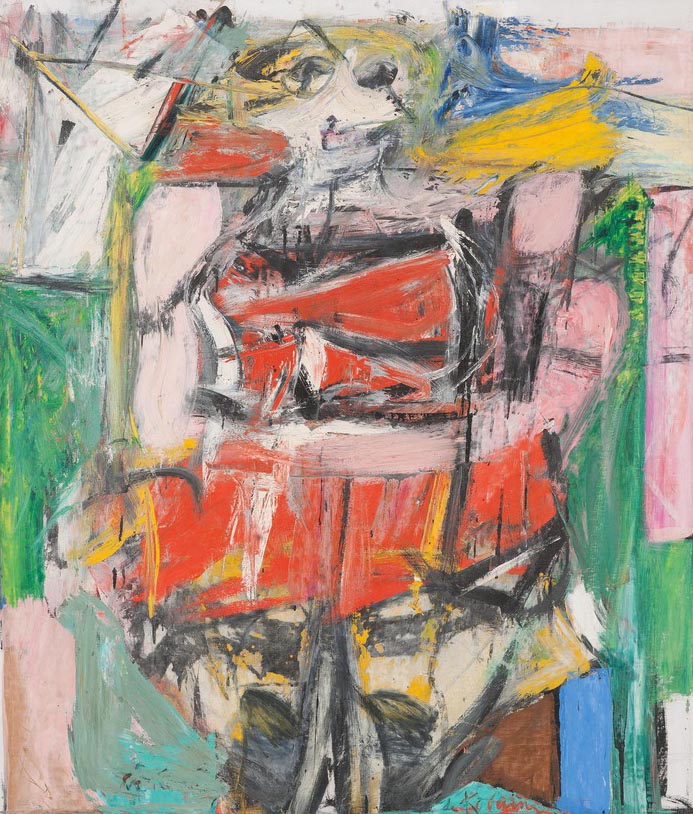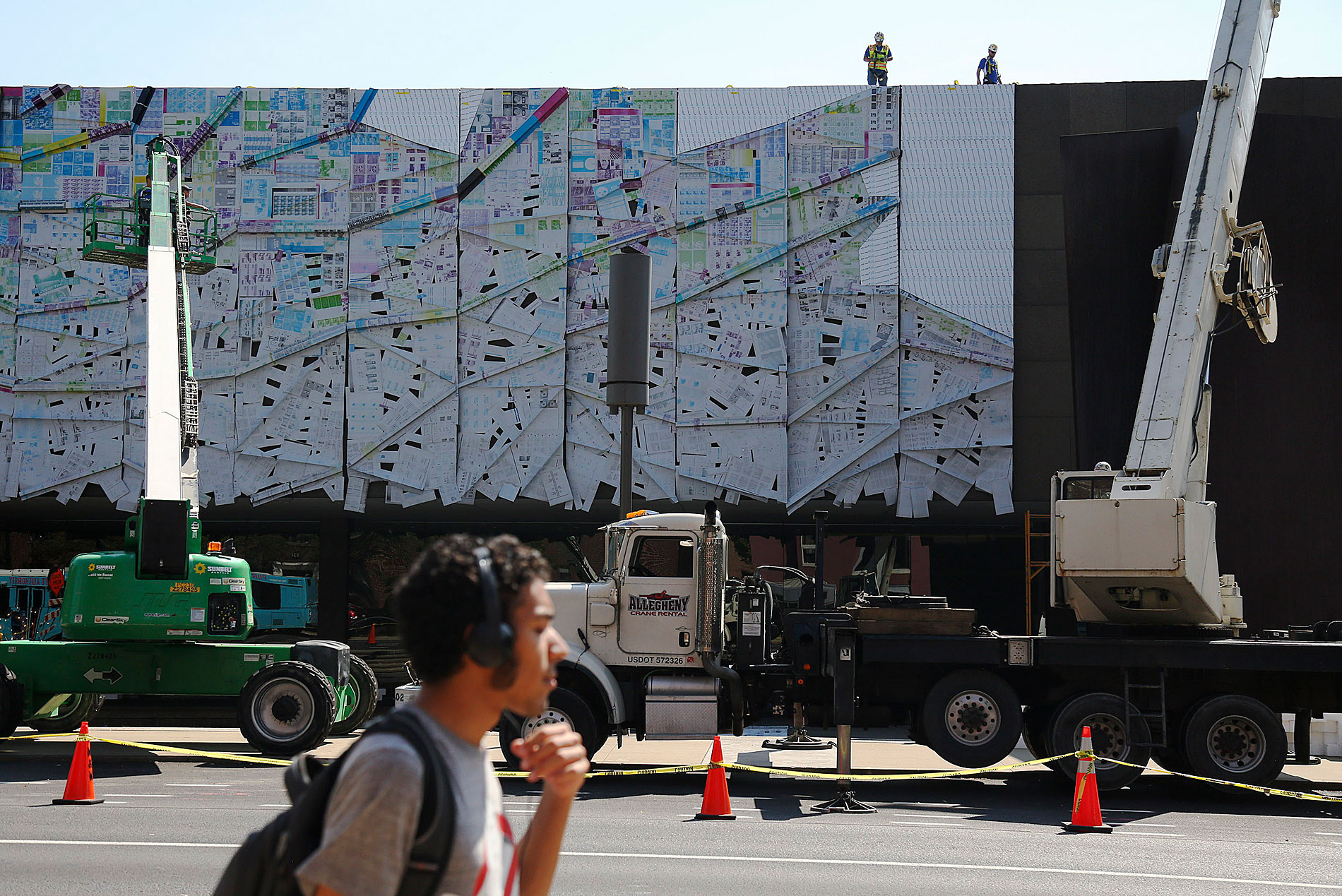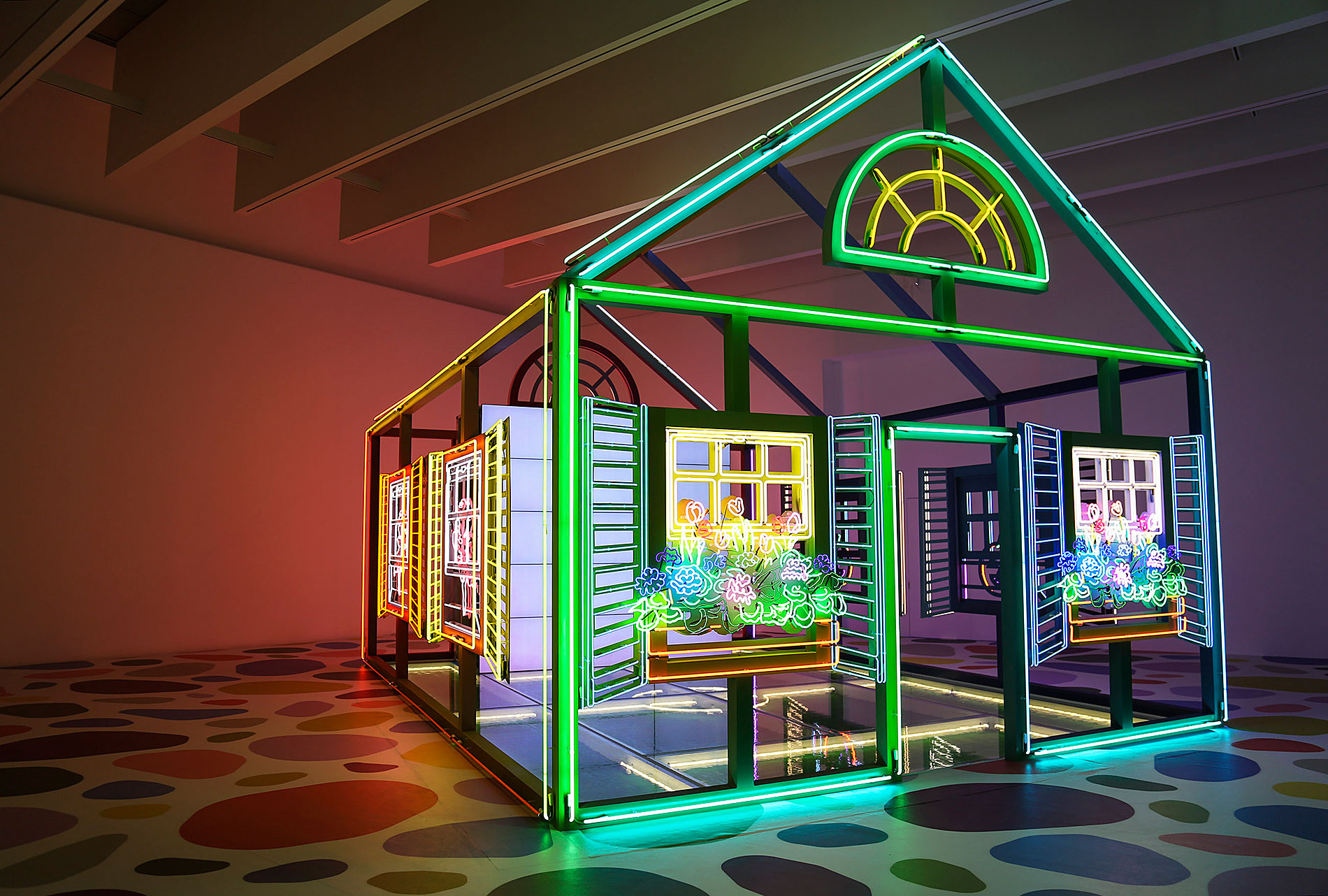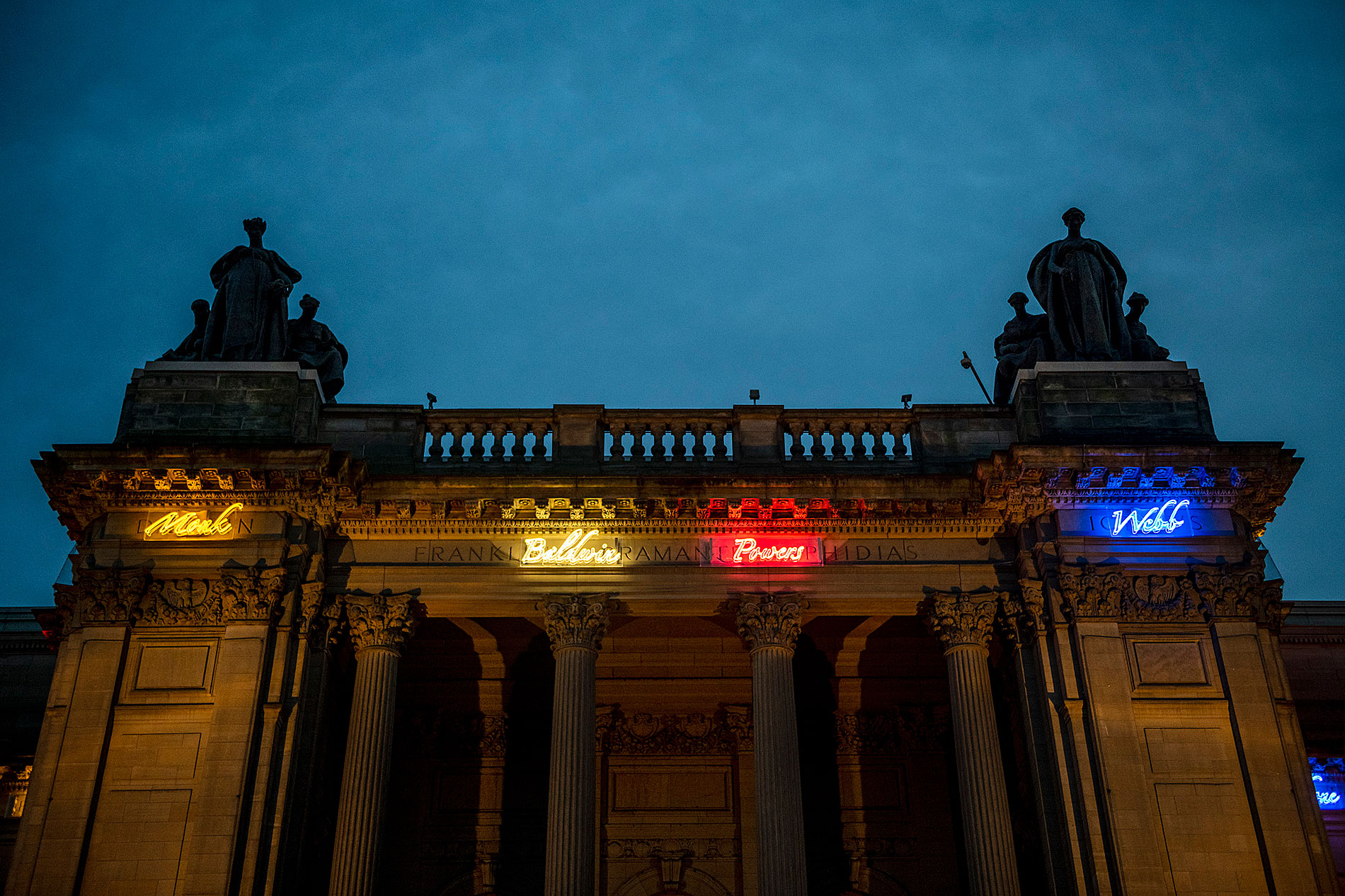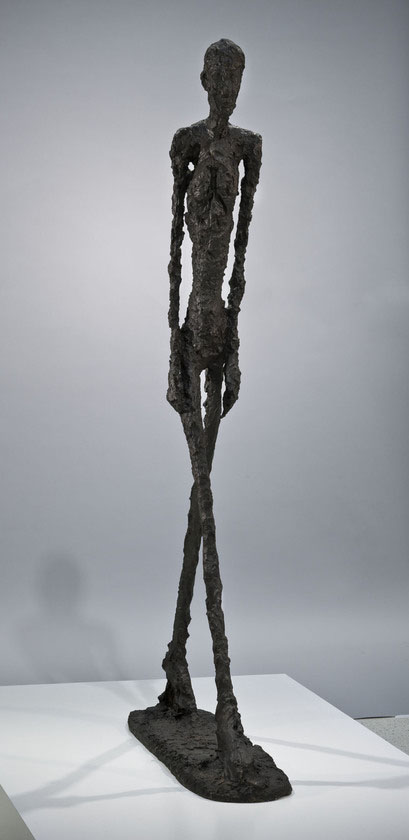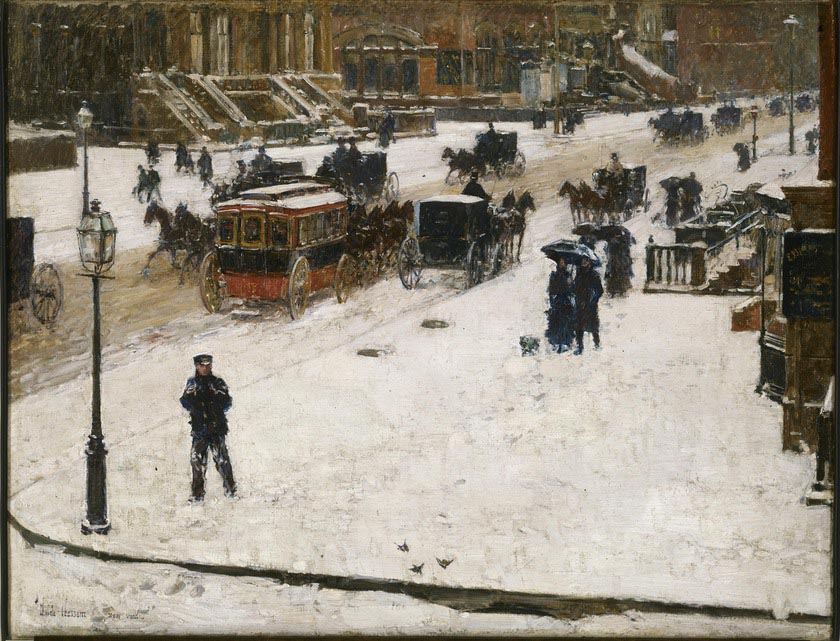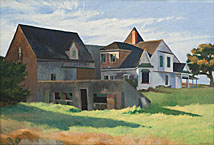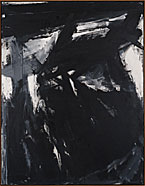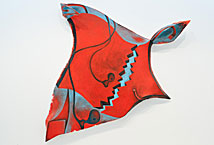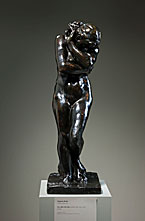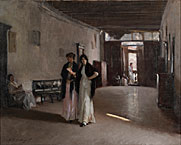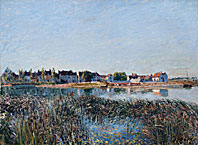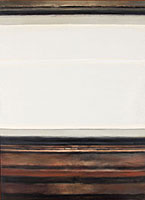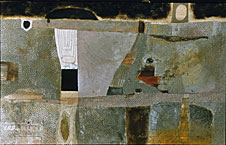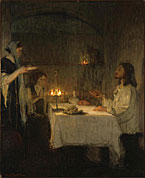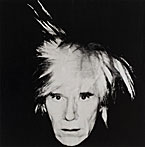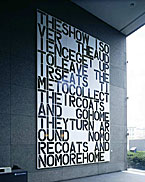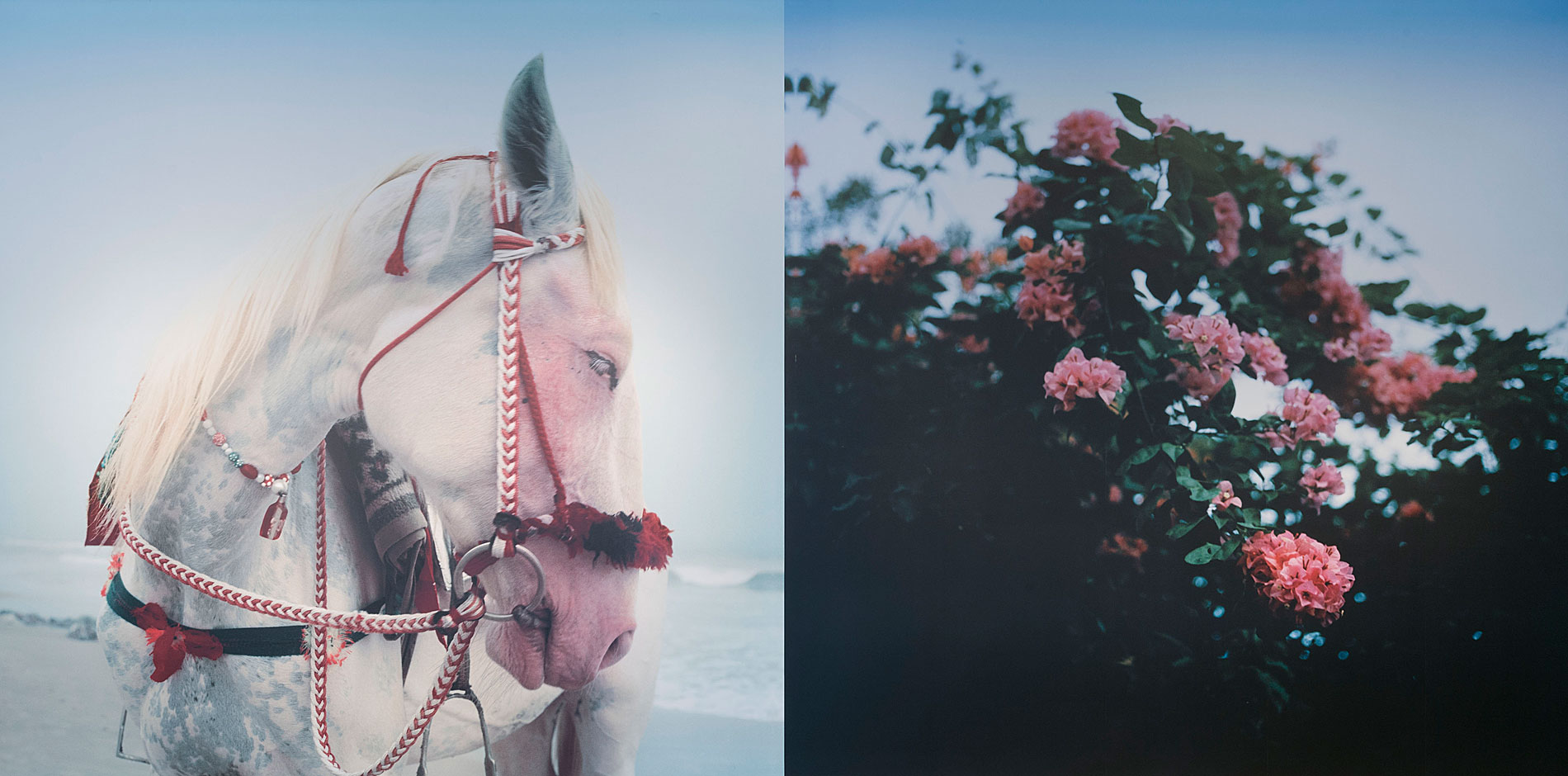Mr. Crosby championed two sculptures by Jessi Reaves — “Body with Electric Skin, Horizontal Shelf” and “Sconce with Biotails.” Ms. Reaves began her career as an upholsterer, then branched out into sculpture.
“She’s on our list, our watch list,” Mr. Crosby said.
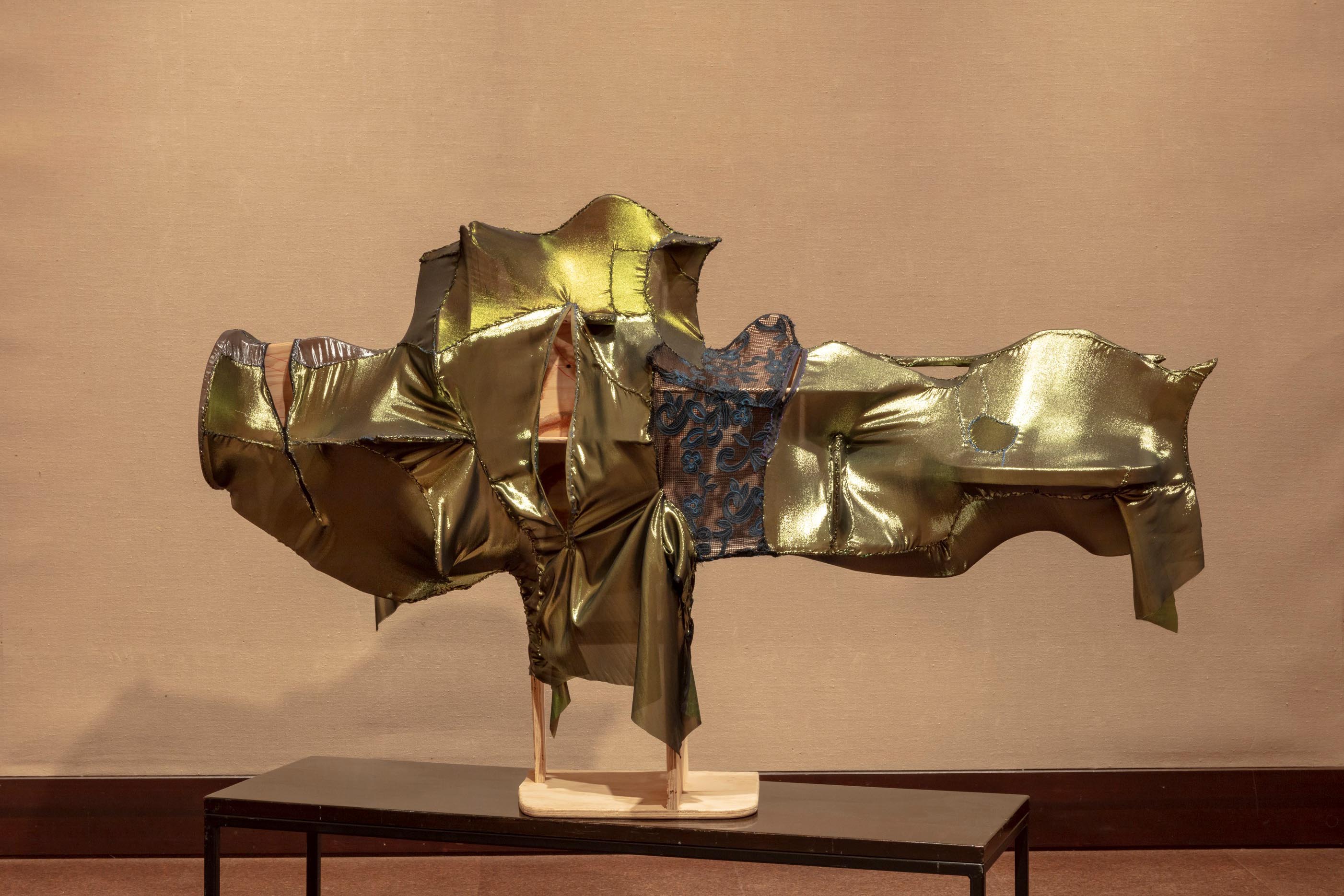
"Body with Electric Skin, Horizontal Shelf, 2018," Jessi Reaves
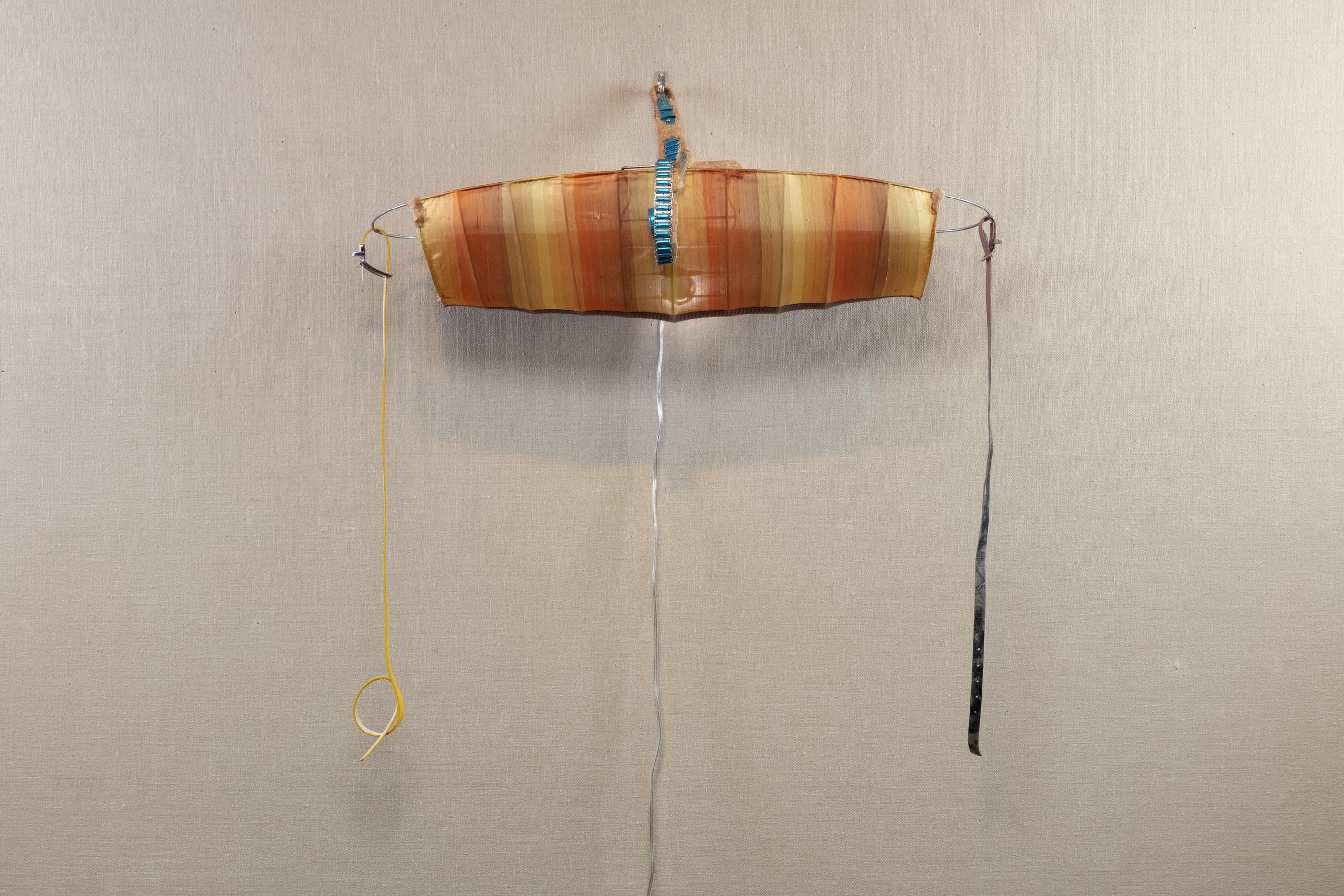
"Sconce with Biotails, 2018," Jessi Reaves
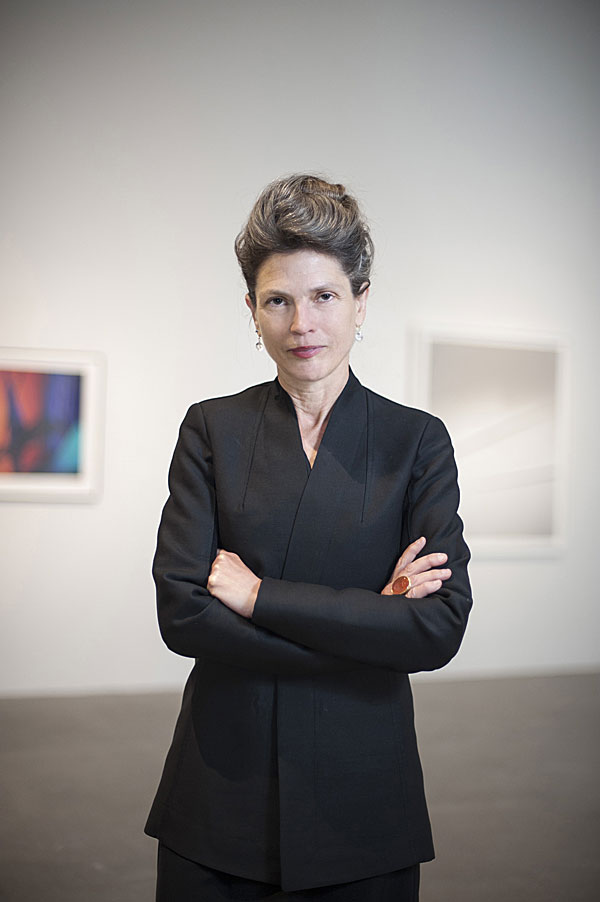
The curator for the 2018-2019 Carnegie International, Ingrid Schaffner. (Pittsburgh Post-Gazette archives)
Curators consider the size of an artwork. Rather than purchasing Sarah Crowner’s “Sliced Tropics,” which stretched to the ceiling of one gallery, the museum bought one of her smaller paintings, “Opening Violet and Green,” Ms. Schaffner said.
Money is always a consideration. The art museum has five departments -— architecture, decorative arts, fine arts, photography and contemporary art. Each department has a five-year plan it presents to the museum board.
“They give us an idea of the direction they want to go, what they feel is important to expand their particular niche in the museum,” Mr. Werner said.
Next, curators winnow the list of artworks they wish to buy. Mr. Werner said the 17 members of the museum’s collections committee take a vote on whether to acquire artwork costing more than $50,000.
If the work costs less than that, committee members can ask questions, but the museum’s director makes the decision.
If an artwork costs more than $100,000, trustees of the Carnegie Museums of Pittsburgh also must vote on its acquisition.
Vicky A. Clark, an art historian and independent curator, worked at the art museum during five Carnegie Internationals.
What people value today in contemporary art, Ms. Clark said, “is the ability to react to our times, whatever form that takes. That could mean an artwork about Antwon Rose, [the teenager shot to death last year] or an abstract painting of horizontal hail falling on a cold, damp day in Pittsburgh.”
